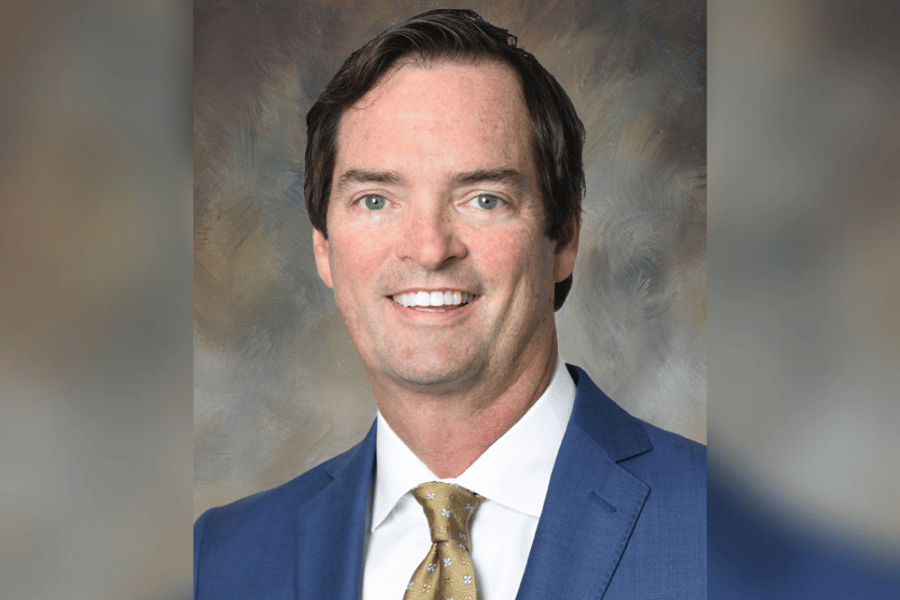Non-QM leader on how the product set can support borrowers as they continue to recover

Between Q3 and Q4, the US economy went through the biggest single drop in real GDP in history, followed by the biggest single rise in real GDP in history. Amid the chaos and confusion of those months, the sheer scale of that economic earthquake has sometimes been lost. While estimates vary, that initial drop equated to as many as 40 million jobs lost due to lockdown orders and the rapid spread of COVID-19. Many of those jobs have been subsequently clawed back but sudden, steep unemployment at a time of national crisis has left millions of Americans with scars on their psyches, and blemishes on their credit reports.
Originators now must work in an economy where credit blemishes are far more common than before. Laid off workers who might have had solid incomes and assets, had to draw down on credit to make it through the roughest early months. Borrowers who would have qualified for agency loans pre-pandemic, even those who have gotten their income back, are being shut out by these blemishes. Originators need to use different tools to secure loans for these borrowers. The solution may lie in non-QM.
“It’s important to understand the premise of non-QM as a broader ‘non-agency’ offering, which typically has met the needs of those borrowers with some credit challenges who still have the ability to repay,” said Tom Hutchens, (pictured), executive VP of production at Angel Oak Mortgage Solutions. “One of the outcomes of COVID-19 is certainly more people are going to have more blemishes, perhaps than ever before. We went from a record low unemployment to record high unemployment in a span of 60 days. Not everybody’s prepared for unemployment that quickly. We believe that non-QM is going to be the solution for those borrowers that were directly impacted by COVID-19.”
Hutchens emphasized that non-QM suits credit-blemished borrowers who are back on their feet and earning good incomes again. These borrowers have the means and ability to repay loans, but circumstance and bad luck in Spring of 2020 has hurt their credit reports such that they don’t fit in the agency box anymore.
While non-QM’s bank statement loans are often a solid solution for self-employed borrowers, Hutchens emphasized the use of other non-QM products for W-2 borrowers who were unemployed for a period of time but have since largely recovered and want to, like so many other Americans right now, move further out of a city.
While non-QM often comes with a higher rate that a borrower may balk at, Hutchens explained these products’ double as “band-aid loans,” a way to paper over the cracks exposed by COVID and get a borrower back on their feet, buying a new property or taking much-needed cash out of their home. A savvy originator can explain how these products can support a borrower as they work to improve their overall credit picture.
Hutchens also emphasized the importance of manual underwriting in the non-QM process as a key security measure for finding the right borrowers. Through manual underwriting, Angel Oak can understand the full story of a borrower, understanding that life takes unexpected turns and allowing for a little bit of human forgiveness in the system.
“We’ve always said that non-QM is common sense lending,” Hutchens said. “It’s not just black and white, we work a lot in the gray areas. We make credit decisions around not just whether we believe this borrower has the documented ability to repay, but do we believe they will repay us. We factor in things like lower loan-to-values, reserves and reasonable debt to income. We put all of that together, and then make that credit decision based on that individual borrower’s situation.”
To attend an informational webinar on non-QM, you can register here.



